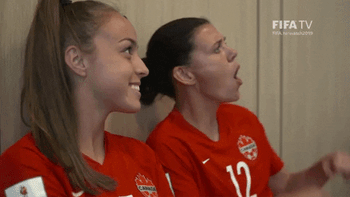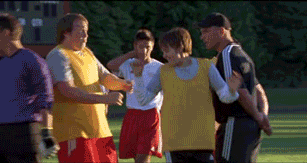First-ever USWNT squad monetizes brand with memorabilia amid women’s sports, nostalgia boom

The GIST: Yesterday, memorabilia authentication platform The Realest announced a unique partnership that celebrates the 85ers, the 17 members of the first-ever USWNT. On the 40th anniversary of the 85ers’ inaugural soccer match, The Realest launched the first memorabilia collection for the team, which recently launched its own LLC.
- While the merch launch is fashionably late, it’s actually very timely to capitalize on this convergence of trends in women’s sports — the market for memorabilia and nostalgia is surging. Still preoccupied with 1985.
The backstory: The 85ers have a compelling journey: When the team played its first match 40 years ago, they competed in pre-worn men’s uniforms. Today, it’s a different story, with the players enjoying a bigger spotlight and their LLC (which all original teammates have equal ownership in) now selling a jersey, t-shirt, hat, and trading card.
The context: Caitlin Clark has completely transformed the WNBA trading card space, but there’s also an appetite in soccer. When Parkside Collectibles debuted the first-ever card series dedicated to women’s soccer, it flew off the shelves. And five years before Funko Pop announced its W partnership, it successfully released USWNT figurines.
- This coincides with Gen Z’s fervent nostalgia for time periods and pop culture moments they don’t remember. While that’s often Y2K and the late ’90s, there’s a clamor for the ’80s in things like Mario’s big-screen appearance, synth’s modern comeback, and Kate Bush’s streaming triumph.
The opportunity: While women athletes have historically struggled to earn stable and sizable paychecks (especially following retirement), the landscape is changing as they seize opportunities to become brand ambassadors and company heads. Serena Williams, Sue Bird, and Candace Parker are carving out spaces in the board room, but athletes are finding ways to get involved at every level.
The takeaway: New opportunities continue to arise as all these factors converge — a nostalgic audience that’s interested in women’s sports and the memorabilia market around them. This is allowing women athletes to capitalize on past events so they can benefit from audiences in a way they never could before. Don’t stop believin’.
Enjoying this article? Want more?

Sign up for The GIST and receive the latest women's sports business news straight to your inbox three times a week


